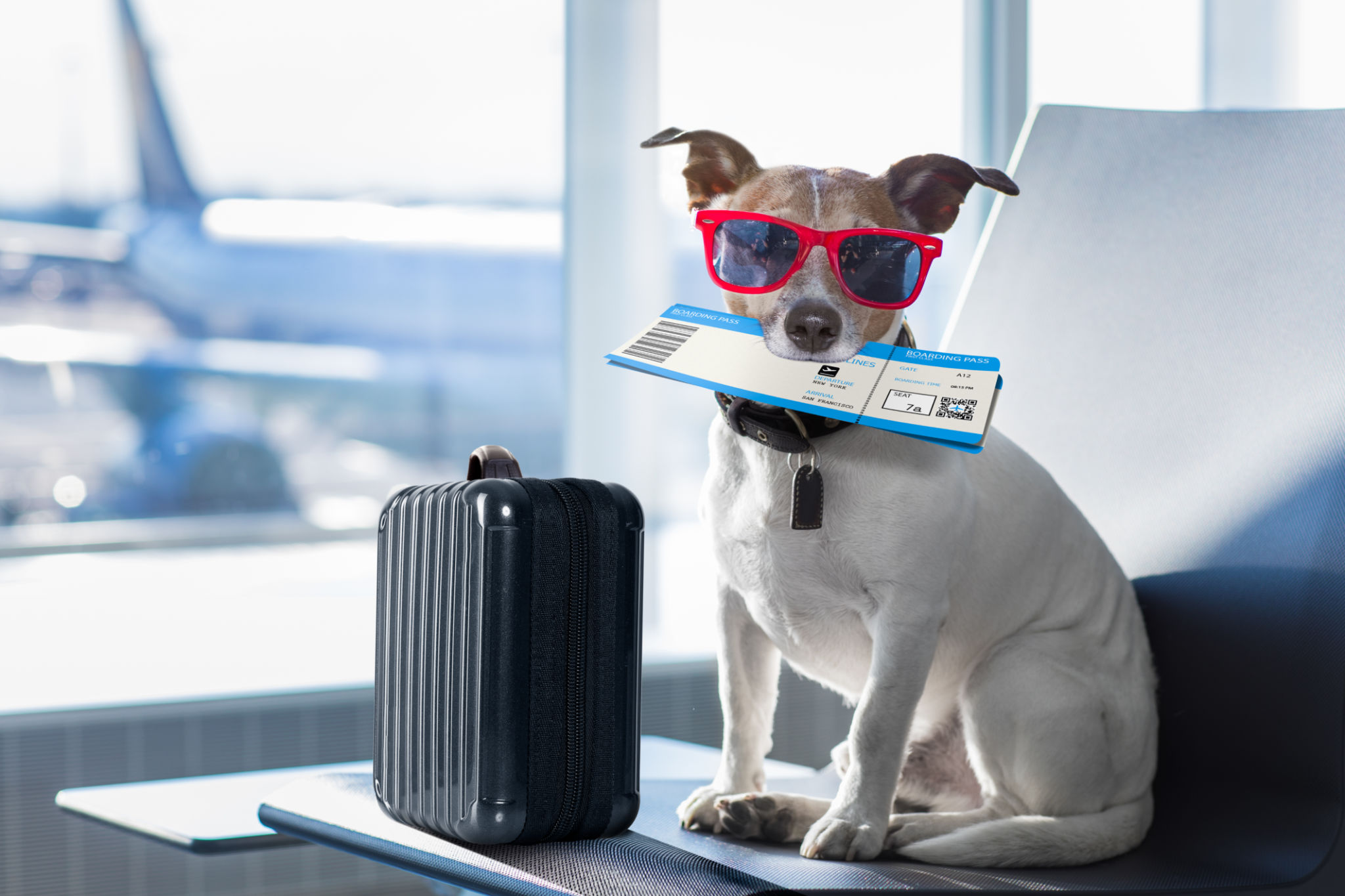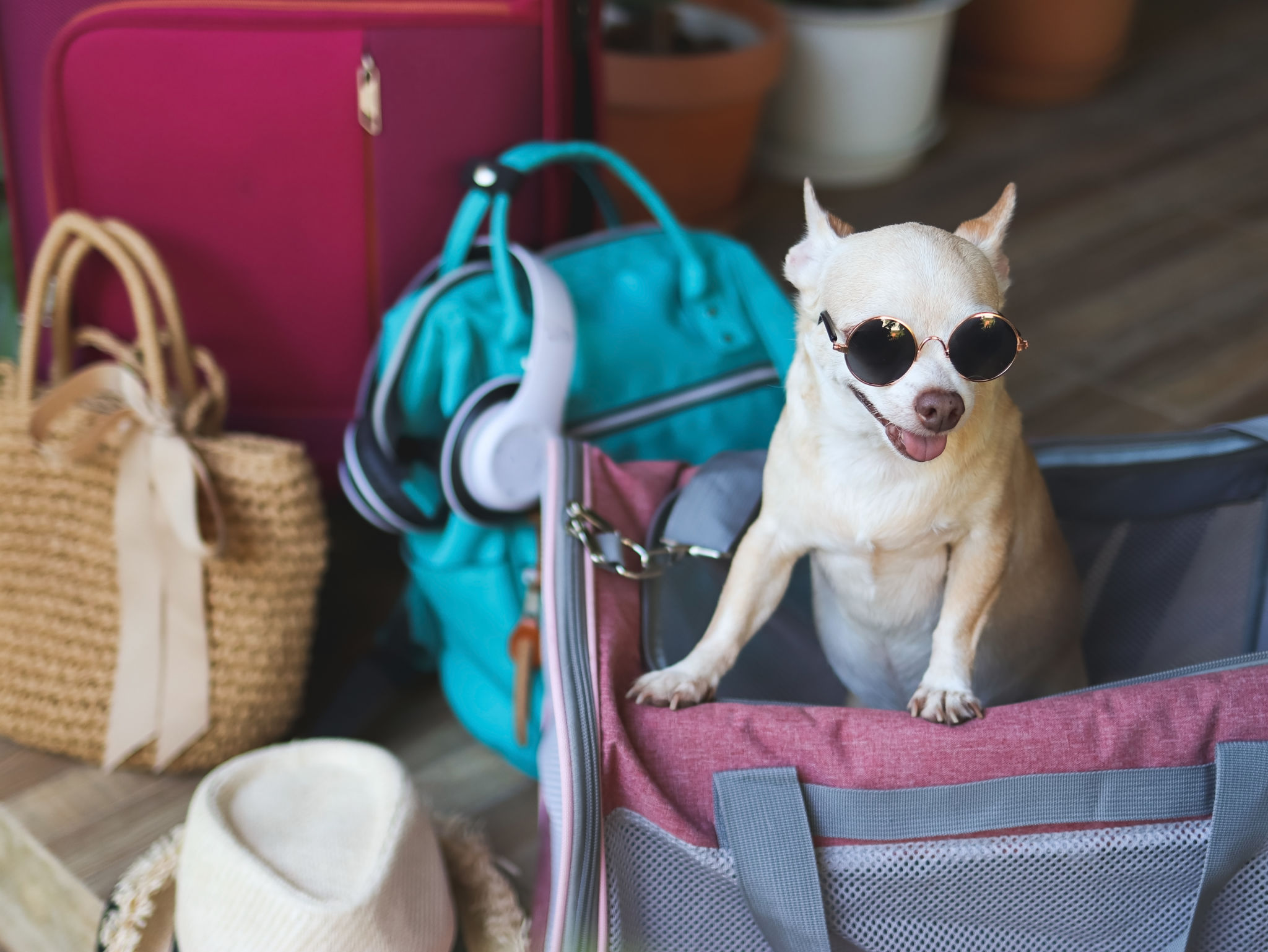Comprehensive Guide to Choosing the Right Crate for Your Pet's Air Travel
Understanding Airline Regulations
When it comes to air travel with your pet, understanding airline regulations is crucial. Each airline may have specific requirements regarding the size, type, and material of pet crates. It’s essential to check these regulations before purchasing a crate to ensure compliance and avoid unnecessary complications at the airport.

Determining the Right Size
Choosing the correct size for your pet's crate is vital for their comfort and safety during the journey. A crate that's too small can be stressful for your pet, while an oversized one may not provide the security needed during travel. Measure your pet’s height, length, and width, and ensure there’s enough room for them to stand, turn around, and lie down comfortably.
Measuring Your Pet
To accurately measure your pet, start by measuring from the tip of the nose to the base of the tail for length. For height, measure from the top of the head or ears (whichever is taller) to the ground. These measurements will help you choose a crate that provides adequate space for your pet.
Choosing the Right Material
Pet crates are typically made from plastic, metal, or fabric. Plastic crates are often preferred for air travel due to their durability and lightweight nature. Metal crates, while sturdy, can be heavier and less convenient to transport. Fabric crates are generally not recommended for air travel as they may not provide the necessary protection.

Ventilation and Security
A good travel crate should have ample ventilation to ensure your pet receives plenty of fresh air. Look for crates with ventilation on three or four sides. Additionally, check that the crate features secure latching mechanisms to prevent accidental openings during the flight.
Additional Features to Consider
When selecting a crate, consider additional features that can enhance your pet's travel experience. Some crates come with built-in food and water dishes, making it easier to keep your pet hydrated and fed during long flights. Others might offer compartments for storing essentials like treats or leashes.
Comfort Enhancements
Adding a soft blanket or mat to the bottom of the crate can significantly improve your pet's comfort during the flight. Ensure that any added items are securely fastened to prevent movement that could disturb your pet.

Preparing Your Pet for Travel
Before the flight, it’s important to acclimate your pet to their new travel crate. Allow them to explore the crate at home so they associate it with a safe and familiar environment. Gradually increase the time they spend inside to help ease any anxiety they might feel during actual travel.
Trial Runs and Desensitization
Consider taking your pet on short car trips in their crate to simulate the travel experience. This can help desensitize them to the motion and sounds associated with transportation, reducing stress on the actual travel day.
Final Checklist Before Departure
Before heading to the airport, double-check that you have all necessary documentation, such as vaccination records and identification tags. Ensure that your pet’s crate is clearly labeled with your contact information in case of emergencies. Finally, arrive at the airport early to allow ample time for check-in procedures.
